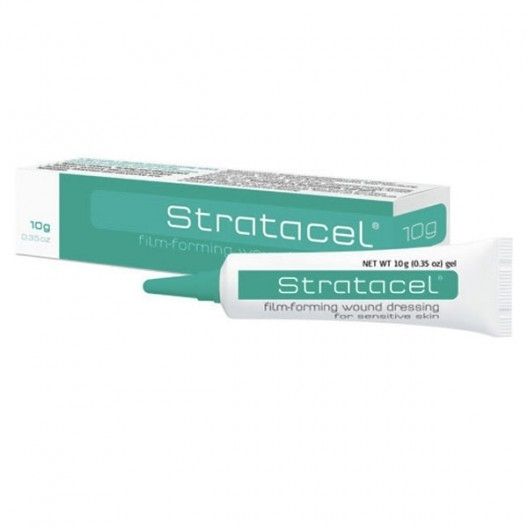Chin Reshaping
Chin reshaping surgery is used to adjust the size and shape of the chin. The procedure is sought by patients with underdeveloped chin area desiring to improve facial proportions. In some cases, this procedure may be chosen due to bite issues or chin injury.
Chin reshaping is the right procedure for you if:
- Your chin is too small and underdeveloped;
- Your chin is aesthetically displeasing due to injury;
- Your jaw bone is reduced due to aging:
- You have bite issues.
What you should know:
- The final result becomes visible after 4 to 6 months, but positive changes and improved facial proportions are noticeable straight away;
- Swelling takes 2 to 3 weeks to resolve and there may be some bruising;
- Numbness, pain, and increased sensitivity may be felt in the site of incisions for up to 3 months;
- Post-operative scarring may be visible for a few weeks, but it fades over time.
PROCEDURE STEPS
1. Consultation with plastic surgeon
In your consultation with the plastic surgeon, they will inspect your jaw bone structure and skin, discussing with you your expectations and the available means of achieving the desired result. It is also important that the surgeon learns about your reasons for seeking this procedure and of any surgeries you may have undergone in the past.
2. Surgical procedure
The surgery takes 1 to 3 hours.
a. Anaesthesia
The procedure is usually performed under general anaesthesia.
b. Incisions
The procedure usually involves placing an implant via a small incision inside the mouth or under the chin. Once inserted, the implant is then shaped so as to neatly fit the general proportions of the patient’s face, suturing it firmly in place or placing it under the fibrous tissue of the jaw.
The chin may be augmented by injecting tissue fillers, with no incisions required. In this case, anaesthesia is not needed and the procedure is completed sooner.
3. Outcome and recovery
The amount of time it takes for recovery varies from one patient to another, but it is significantly extended if they smoke.
Healing process:
- Patients should sleep only on their back with the head raised as much as possible one week after the surgery;
- For some time, only a very soft/minimal chew diet is recommended;
- For the first two days, ice compresses should be applied to the surgery site three times a day for 30 to 60 minutes at a time;
- Incision sites should be prevented from getting wet for 3 to 4 days after the surgery;
- Wounds should be redressed every couple of days;
- Returning to non-strenuous daily activity is possible the very same day after the surgery;
- Exercise can be resumed in 1 to 2 months;
- Patients can return to work within a few days of the surgery;
- Patients should not wear helmets or any other headgear tied under the chin for 3 to 4 weeks.









